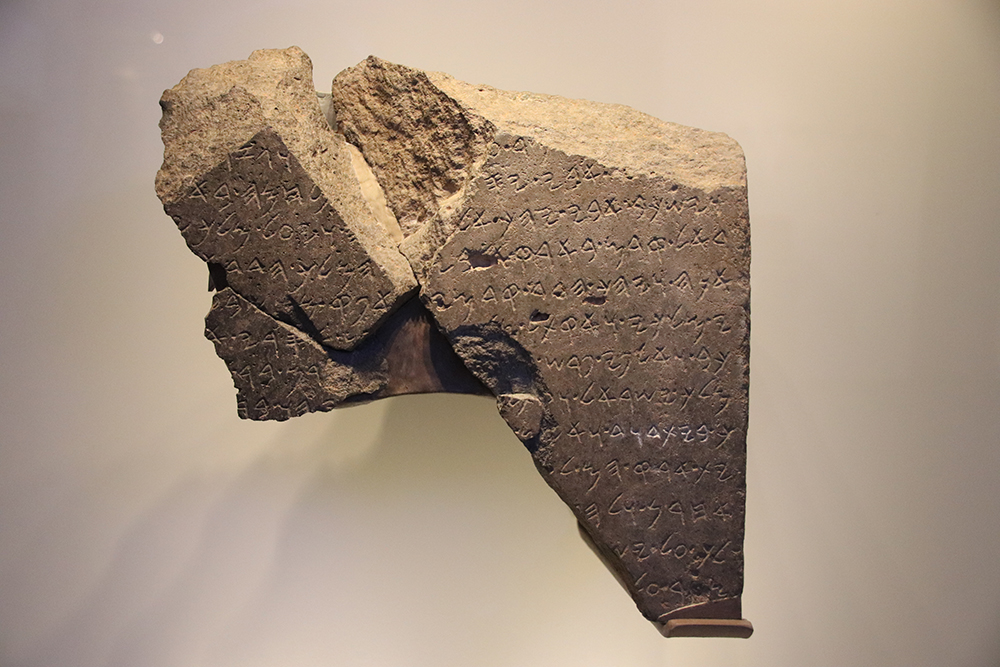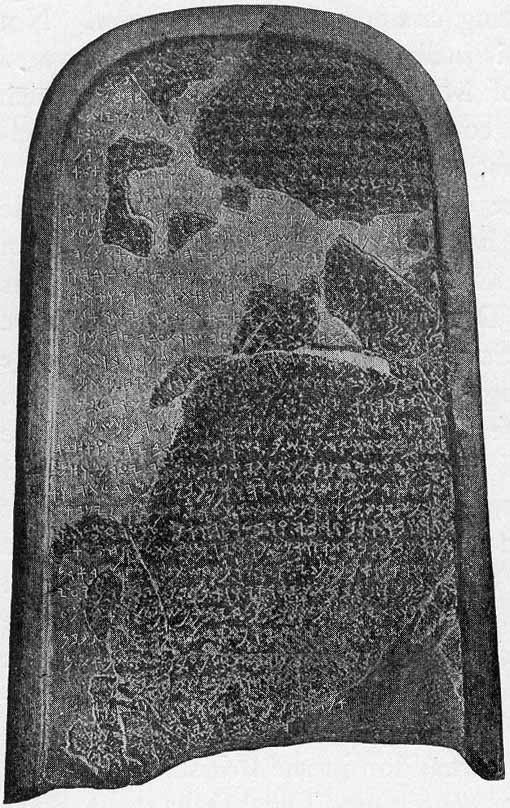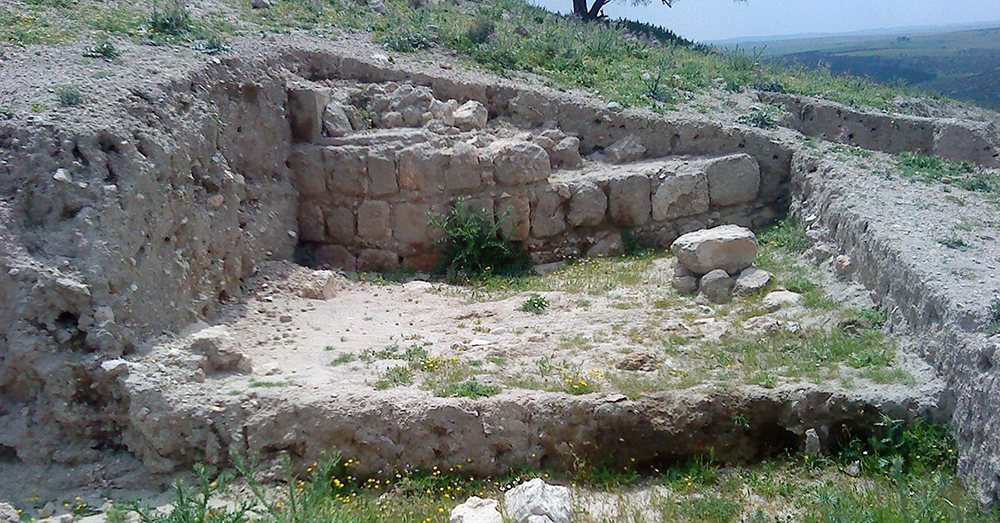Is David Recorded in History?
by Creation Museum on July 18, 2024David is one of the most famous figures in the Bible. As a young man, he killed the mighty Philistine Goliath with a sling and a stone. He flourished as a military commander under King Saul until the king sought to kill him because he grew envious of David’s successes and popularity among the people.

Following Saul’s death, David became the king of Judah and eventually ruled all of Israel, and it quickly grew into a powerful nation. His public achievements were marred by personal failures, particularly when he committed adultery with Bathsheba and plotted to have her husband killed in battle. Yet David, a man after God’s own heart, soon repented of those sins and wrote nearly half of the psalms in the Bible. He also made preparations for his son Solomon to build the first Jewish temple.
The Archaeological Record
Critics have long denied the existence of King David, claiming he was a legendary figure akin to King Arthur of British lore. The discovery of the Tel Dan Stele in 1993 vindicated the biblical record.

Tel Dan Stele (Image by Geagea, via Wikimedia Commons. Public domain.)
The inscription is attributed to Hazael, king of Damascus, whose brutal wars against the kingdoms of Israel and Judah in the ninth century BC (about 150 years after David’s reign) are recorded in the Bible (2 Kings 10–13). Written in early Aramaic, the text boasts of killing a king of “the house of David” (Aramaic bytdwd). “House of David” is used more than 20 times in the Old Testament to refer to the royal descendants of David who ruled the kingdom of Judah for nearly 400 years.
The wording of “house of David” may also appear on a damaged portion of the Mesha Stele, which was erected around 840 VB by Moab’s King Mesha. A single letter is missing after the word “house,” and the following two letters are the last two consonants in David’s name. The stone also mentions Israel’s God, Yahweh, and the “house of Omri,” a king of Israel and founder of Samaria (1 Kings 16:23–28). Later Assyrian texts identify the rulers of Samaria by using the phrase “house of Omri.”

Mesha Stele (Image by DopefishJustin, via Wikimedia Commons. Public domain.)
Did David’s Giant Foe Exist?
A small potsherd discovered in 2005 at Tell es-Safi, called Gath in the Bible, lends some archaeological support to the name of David’s giant Philistine foe, Goliath. Two names written on the shard are etymologically similar to Goliath. While this inscription does not necessarily mention the famous giant, it reveals that names like his were used in his hometown during David’s lifetime.

Tell es-Safi, Israel
Two New Explore Programs
Do you wonder if the Bible is confirmed through archaeology? Archaeology is the study of ancient man and civilizations. Join archaeologists Corey East and Tommy Chamberlain at the Creation Museum for our brand-new Explore program—Explore Biblical Archaeology. On Friday, July 26, 2024, students will be able to observe real artifacts from the land of Israel and learn how the science of archaeology confirms the Bible.

We’ve also added Explore Entomology with Dr. Crawley, which will take place on Wednesday, September 4, 2024. Join Dr. Crawley in this hands-on investigation into the world of entomology. Dr. Crawley not only generously donated a spectacular collection to the Creation Museum for an exhibit that opened in 2013 but has a massive interest in creepy-crawlies and has traveled the world collecting specimens of beetles, butterflies, bees, and more.

These opportunities are open to students ages 11–18 and are scheduled from 9:30 a.m. to 12:30 p.m.
Visit our education page to learn more about this exciting new program and to save your child’s seat today!